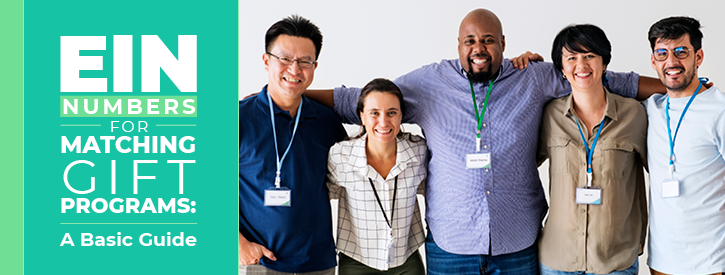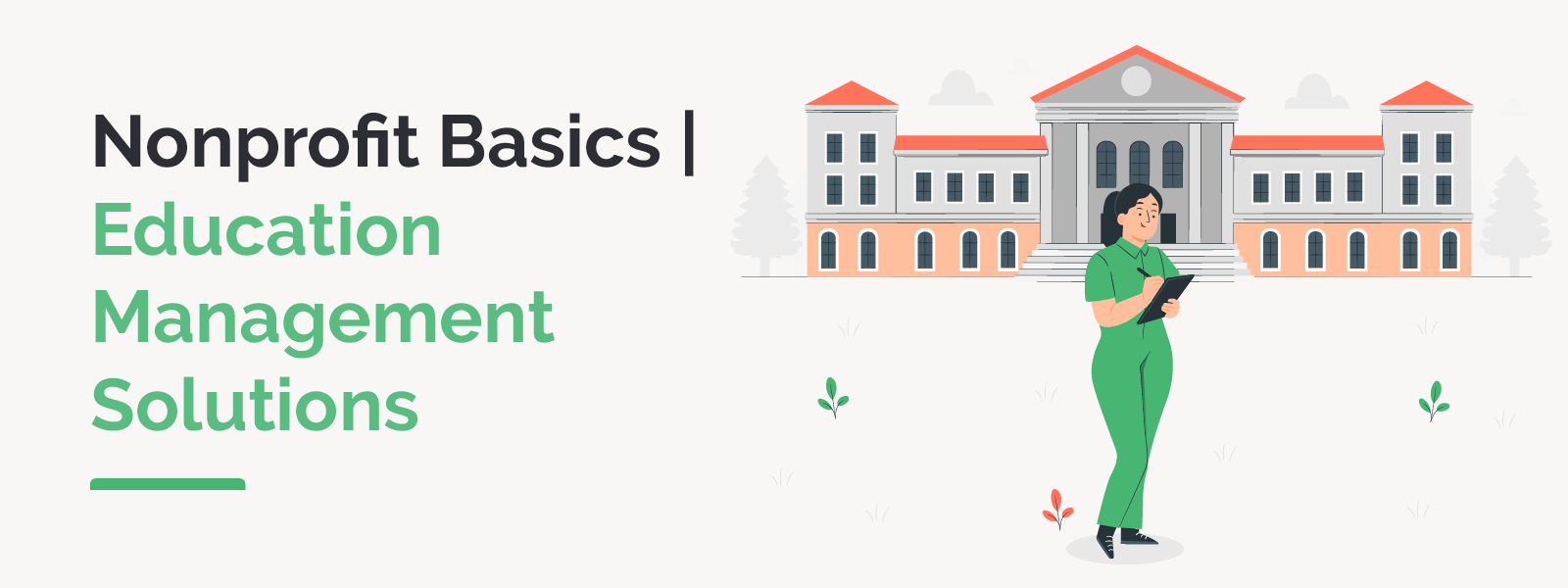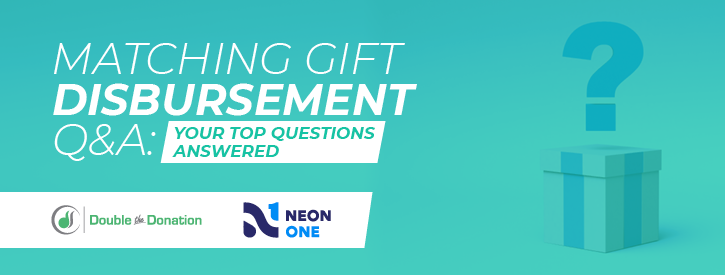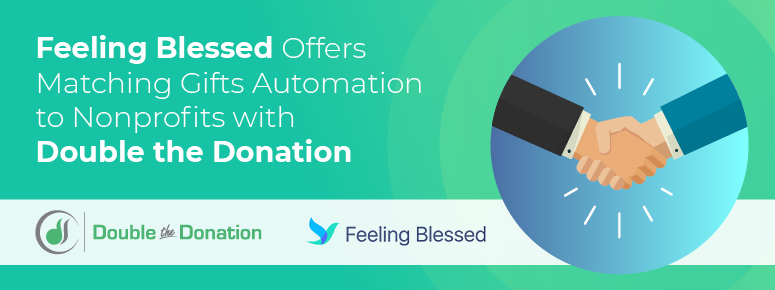
Corporate Philanthropy + Employee Retention: The Connection
Did you know that 71% of surveyed employees stated that it’s…

EIN Numbers for Matching Gift Programs: A Basic Guide
As a nonprofit fundraiser, you should hopefully know all about…

Nonprofit Basics: Education Management Solutions
Finding the right software to manage your educational institution…

Matching Gift Disbursement FAQ: Your Top Questions Answered
Matching gift disbursement plays a considerable role in nonprofits’…

Feeling Blessed Offers Matching Gifts Automation to Nonprofits with Double the Donation
Double the Donation and Feeling Blessed are now partners, providing…

